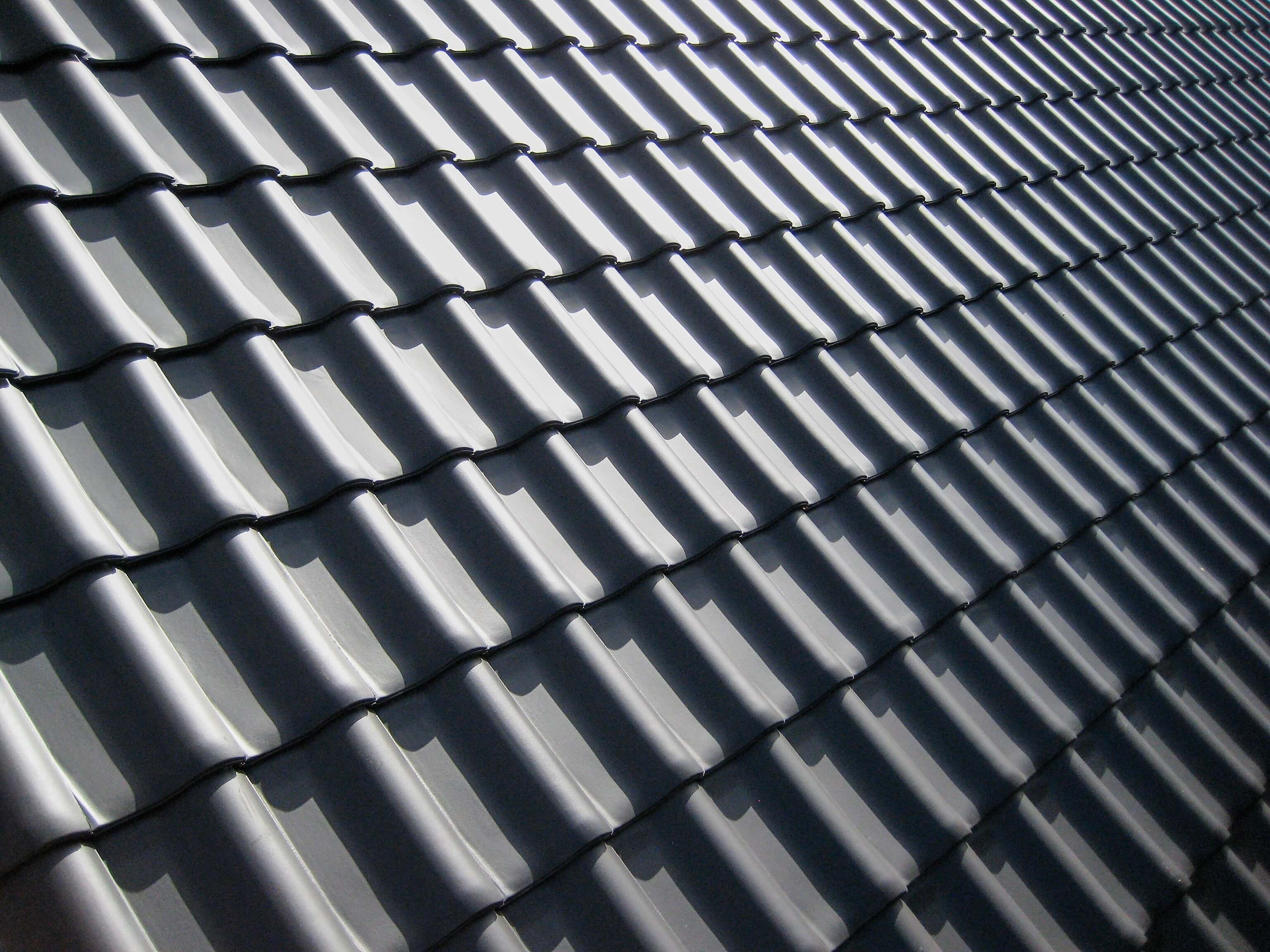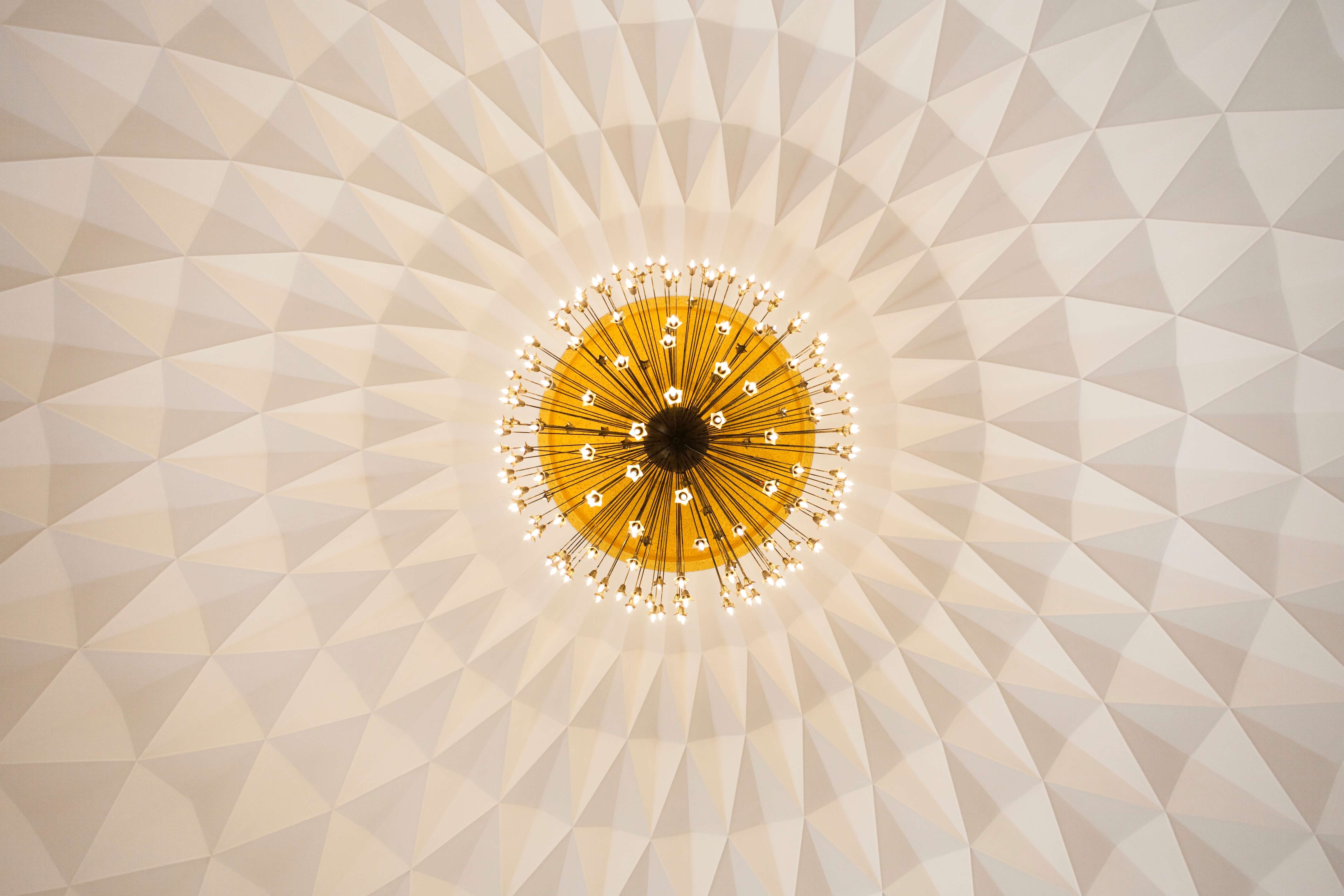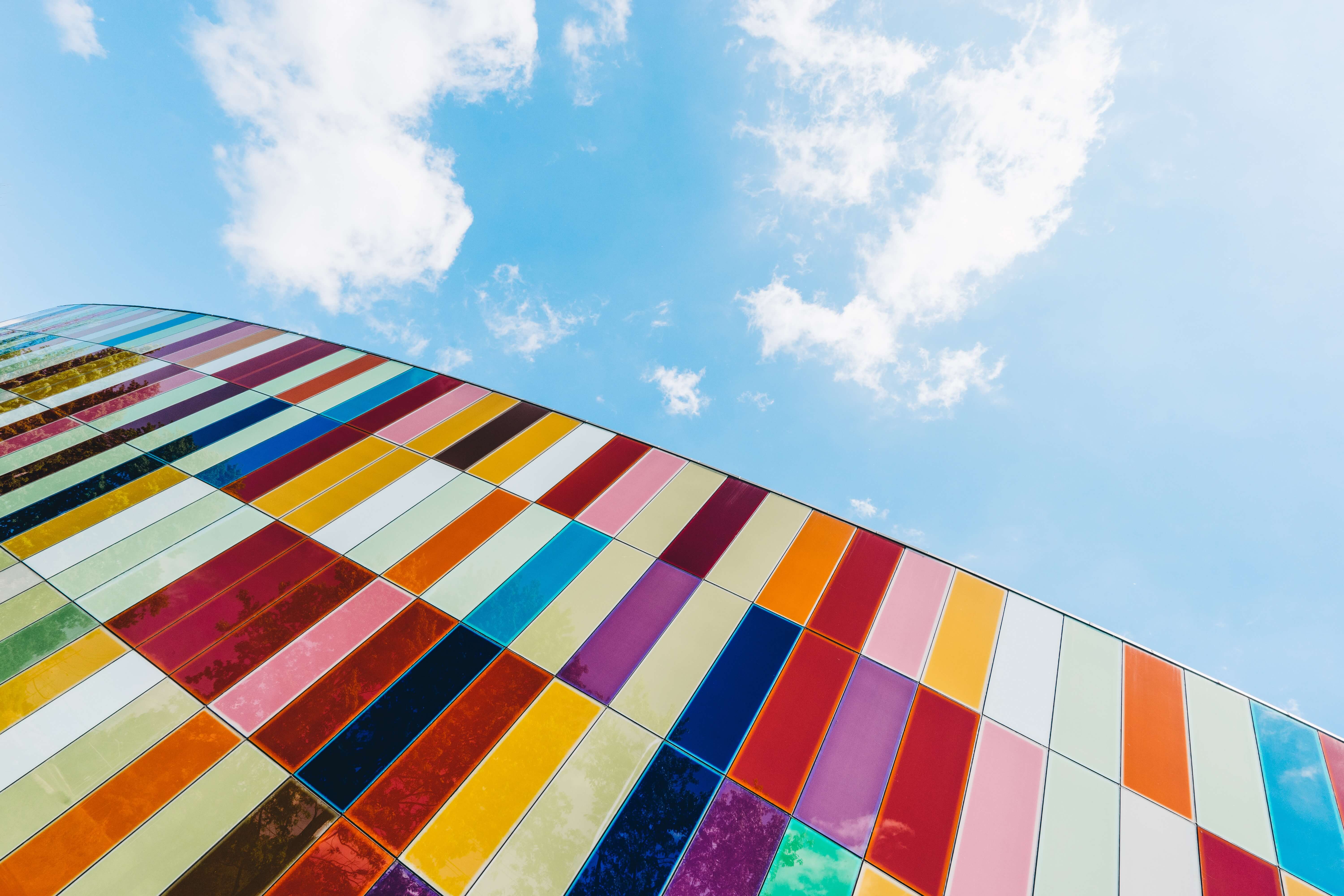Porcelain Tiles, Roof Tiles, Floor Tiles, Ceiling Tiles
A tile is a piece of wear-resistant material, such as ceramic, stone, metal or even glass, which is usually used to cover roofs, floors, walls, showers or other objects such as table tops. Alternatively, tiles can sometimes refer to similar elements made of light materials such as pearlite, wood and mineral wool, which are usually used for walls and ceilings. In another sense, a tile is a construction tile or similar object, such as a rectangular pawn used in the game (see tile set). The word derives from the French word”tile”, which in turn is derived from the Latin word”tegula”, which means terracotta tile.
Tiles are often used for the production of wall and floor coverings, from simple square tiles to complex tiles or mosaics. Tiles are mostly ceramic tiles, mostly glazed for interior use and not glazed for roofing, but other materials are also frequently used, such as glass, cork, concrete and other composite materials as well as stone. The tiled stone is typically marble, onyx, granite or slate. Thinner tiles can be used as flooring on walls and require more durable and impact-resistant surfaces.
Roof tiles
Tiles are primarily designed as rain protection and are traditionally made from local materials such as terracotta or slate. Modern materials such as concrete and plastic are also used and some terracotta tiles have impermeable enamel. Various forms of tiles have been developed.
Floor tiles
These are generally ceramic or stone tiles, although recent technological advances have also led to rubber or glass floor tiles. Ceramic tiles can be painted and glazed. Small mosaic tiles can be laid in different patterns. Floor tiles are usually poured in mortar consisting of sand, cement and often a latex additive for additional adhesion. Gaps between the tiles are usually filled with sand-blasted or unground mortar, using traditional mortar.
Natural stone tiles can be beautiful, but as a natural product they are less uniform in colour and style and require more planning for use and installation. Standard stone tiles are uniform in width and length. Granite or marble tiles are sawn on both sides and then polished or refined on the upper side to achieve a uniform thickness. Other natural stone tiles such as slate, for example, are typically split on the upper side of the “river”, so that the thickness of the tile varies slightly from place to place on the tile and from tile to tile. Variations in tile thickness can be achieved by adjusting the amount of mortar under each part of the tile, by creating wide joint lines that “ramp”between different thicknesses, or by using a cold chisel to remove high points.
Some stone tiles such as polished granite, marble and travertine are very slippery when wet. Stone tiles with a riveted (split) surface, such as slate or with a sawn surface, which are then sandblasted or softened, are non-slip. Ceramic tiles that are used in wet areas can be made more slip-resistant by using very small tiles so that the joint lines act as grooves, or by printing a contour pattern on the tile surface.
The hardness of natural stone slabs varies, so that some soft stone slabs (e. g. limestone) are not suitable for heavily stressed floors. On the other hand, ceramic tiles generally have a superior enamelled surface and when this is scratched or engraved, the floor seems to be worn out while the same amount of wear and tear on natural stone tiles does not show up, or is less noticeable.
Natural stone tiles can be dyed with spilled liquids; they need to be sealed and sealed regularly, unlike ceramic tiles that only need to be sealed. Due to the complicated and non-repetitive patterns in natural stone, however, small amounts of dirt are not visible on many natural stone tiles.
The tendency of floor tiles to discolouration depends not only on the application and periodic re-application of a sealant, but also on the porosity or porosity of the stone. Slate is an example of less porous rock, while limestone is an example of more porous rock. The different granites and marbles have different porosities, the less porous ones are more valuable and more expensive.
Most stoneware vendors insist that there will be a variation in colour and pattern from one set of tiles to another in the same description and variation within the same lot. Stone floor tiles tend to be heavier than ceramic tiles and a little more likely to break during transport.
Rubber floor tiles can be used in a wide range of applications, both in residential and commercial areas. They are particularly useful in situations where it is desirable to have a floor with high adhesion or protection for a slightly fragile floor. Some common applications are garage floors, workshops, terraces, pool decks, sports fields, gymnasiums and dance floors.
Plastic floor tiles, including nestable floor tiles that can be laid without glue or glue, are a recent innovation and are suitable for areas of heavy traffic, wet rooms and floors that are exposed to movement, moisture or oil, grease or other substances that can prevent adhesion to the substrate. The usual uses include old factory buildings, garages, sports halls and sports facilities, schools and shops.
Ceiling tiles
Ceiling tiles are lightweight panels used in buildings. They are arranged in an aluminum grille; they offer low thermal insulation, but are generally designed to improve room acoustics or reduce the volume of air to be heated or cooled.
Mineral fibre slabs are manufactured from a range of products; wet felt slabs can be made from perlite, mineral wool and recycled paper fibres; Rock wool slabs are made by combining melted stone and binders, which are then spun to produce the slabs; gypsum slabs are made from soft mineral and are then finished with vinyl, paper or decorative surface.(Citation required)
Ceiling tiles often have patterns on the front, which are generally available to improve acoustics.
Ceiling tiles also provide a barrier against the spread of smoke and fire. Crushing, moving or removing ceiling tiles allows hot gases and smoke to rise from a fire and accumulate over detectors and sprinklers. This delays their activation, so that fires can spread faster.
The ceiling tiles, especially in the old Mediterranean houses, were made of terracotta and laid on the wooden beams on which they were laid. They were then plastered or painted, but today they are mostly left open for decorative purposes.
Modern brick ceilings can be flush-mounted (glued or glued) or suspended ceilings.
Porcelain Tiles
Porcelain stoneware tiles are ceramic tiles usually used for covering floors and walls with a water absorption of less than 0.5%. They can be glazed or not. Porcelain tiles are a type of stoneware tiles and are sometimes referred to as stoneware tiles.
Porcelain tiles are produced on a large scale in many countries, the main producers being China, Italy, India, India, India, India, Spain and Turkey. There are also small countries, such as Australia and Brazil, which are experiencing strong growth.
Tile hardness can be evaluated from zero to five according to ISO 10545-7 (also ASTM C1027) for surface abrasion resistance of glazed tiles to determine suitability for different conditions of use.
The dense, hard surface of the porcelain makes polishing a real alternative to glass. This means that a tile can be fired and then a polish is cut into the surface, creating a glare-free shine.
Porcelain is denser and therefore harder to handle than other ceramic tiles. For this reason, it is usually more expensive. It is more difficult to cut and drill and requires special tools that can make assembly difficult and increase costs. Polished porcelain may need to be sealed where conventional glazed tiles are not present. The glass surface is covered with less than two micrometers.
Special cements are required for laying porcelain stoneware tiles. In the USA, the specifications are defined by the Tile Council of America and supported by the Tile Contractors Association. Porcelain, which is denser and heavier than conventional ceramic tiles, requires a stronger adhesive to bear the weight on the walls. Therefore, typical ready-to-use adhesives for porcelain are not recommended.
In the first production of porcelain, it is not absorbent, but the polishing process that produces an unglazed, glossy surface that cuts the surface and makes it more porous and more susceptible to absorbent stains, as in natural stone tiles. Polished porcelain stoneware tiles may need to be sealed unless they are subjected to appropriate and durable treatment by the manufacturer (e. g. nanotechnological treatment). Porcelain seals are solvent-based or water-based, which is cheaper but does not last long.
Vocabulary associated : Tile design, Choosing, Metallic, Spacers, Patterned, Fireplace, Glass tiles, Kitchen floor, Quartzite, Bathroom tile, Carpet, Vinyl tile, Exterior, Textured, Subway tile, Patio, Gris, How to tile, Bathroom tiles, Ceramic wall tile, Porcelain floor tile, Textures, Ceramic porcelain, Tile grout, Shapes, Pebble, Heating, Glass mosaic, Countertops, Texture, Your home, Accent, Tile floors, Laminate, Finishes, Ceramics, To install, Installing, The look, Rustic, Bathroom floor, Subway, Tile flooring, Backsplashes, Sealer, Glass tile, Your kitchen, Stone tile, Stain, Tile installation, Beige, Mosaic tile, Wall tiles, Backsplash, Ceramic floor, Tiling, Wall tile, Porcelain tile, Ceramic tile, Floor tile




